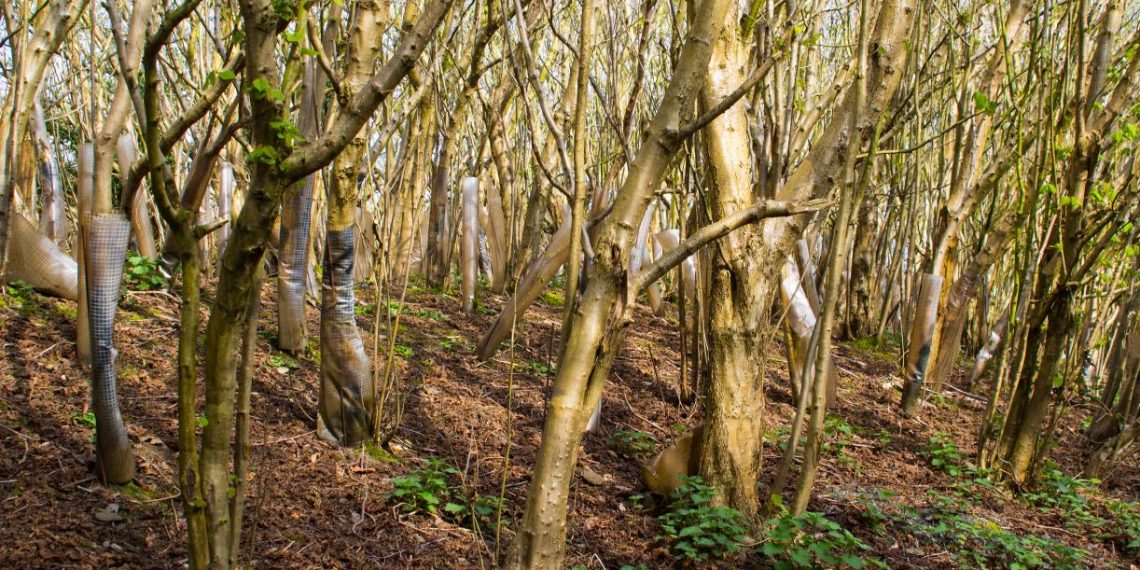We know that deforestation is an ongoing, devastating problem — satellite data has been tracking it closely for years. But another question has remained more elusive: How much new forest is growing? Thanks to new data from researchers at the University of Maryland and WRI, we now have an answer: Tree cover — lots of it —is cropping up all over the globe.
All told, 130.9 million hectares of land gained tree cover globally between 2000 and 2020, according to the study. Put together, that’s an area larger than Peru.
It’s not all good news: Even though the world gained a significant area of tree cover over the past two decades, it still lost much more, with an overall net loss of more than 100 million hectares. And new trees don’t make up for the loss of old-growth, carbon-rich forests. But this new data provides a chance to examine where and why gain is happening, opening up new opportunities to monitor and inform forest restoration efforts around the world.
Here’s a look at what we know about the state of tree gain:
3 Countries Have More than Half of the World’s Total Tree Cover Gain
Russia, Canada and the United States comprise more than half of the world’s tree gain by area, at 68 million hectares collectively. However, all three countries also lost more tree cover than they gained, experiencing overall net losses from 2000-2020.
36 Countries Gained More Tree Cover than They Lost Over the Past 20 Years
In total, 36 countries* experienced a net gain of tree cover from 2000-2020, with distinct regional patterns.
European countries including Ireland, Poland, Denmark and the Netherlands had some of the largest increases. Continentally, Europe has more tree cover now than it did in 2000 — a net increase of 6 million hectares.
Asia also has a large proportion of the countries with net gain, such as Tajikistan and Kyrgystan in Central Asia, and Bangladesh, India and Pakistan in South Asia.
Net gains were sparser in Africa and the Americas. In South America, Uruguay is the only country with a net gain, while in Africa, gains were found in Sudan, South Sudan, Morocco and Algeria.
Even in countries with overall net losses, the data detected subnational hotspots of tree gain. For example, in the Tigray and Amhara states of northern Ethiopia, the data shows a net gain in tree cover despite losses in the southern portion of the country. Similarly, a pattern of gain is visible in Africa’s Sahel region, which may point to the positive effects of decades of grassroots regreening efforts to combat desertification.
Tree Gain Doesn’t Cancel Out Tree Loss
Even though tree gain is occurring in many places, it doesn’t negate the impacts of loss — especially in primary forests. Old trees store carbon differently than new ones. Animals and plants that make forests their homes need established, connected, old-growth forests in which to thrive.
We also need to learn more about the drivers and motivators of this gain, which satellites are less adept at tracking. Attributing gain to specific interventions and initiatives in order to differentiate restoration from plantations and land abandonment is a key area for further study.
We Have More Visibility into Tree Growth than Ever Before
This new dataset is groundbreaking. First, it shows both tree loss and gain together, as opposed to loss alone. When gain and loss are combined, you have the full picture of forest change dynamics and can calculate net changes in the total area of trees.
Second, it shows tree height — that’s the variable related to biomass and carbon storage. Tracking net changes in tree area along with tree height allows us to estimate the resulting emissions and absorption of greenhouse gases from the atmosphere with greater precision. This is work that University of Maryland and WRI data scientists will pursue in coming months.
Data Challenges and Opportunities in Analyzing Tree Cover Gain
While this data is a major leap forward, it comes with a few important caveats. It can take 10 to 15 years or more for some trees to reach the 5 meters in height needed for detection using this satellite technology. This means that the tree-based interventions initiated through AFR100, a massive restoration effort led by African governments since 2015, have likely not yet shown up on the map. And that’s just one of several major restoration initiatives that began in recent years.
Another caveat is that, for now, the data only show tree cover change between two points in time: 2000 and 2020. Data from the University of Maryland and WRI will soon fill those gaps, looking at annual change to detect the nuance in forest dynamics. This will help governments and restoration implementers set more relevant baselines for tracking restoration commitments and assessing patterns over time.
We’re only scratching the surface on what satellite data can show us about the state of the world’s forests. We know that the world is still losing more tree cover than it’s gaining. But now that we can measure gain and loss together, we have a much more accurate picture of global forest change dynamics, which will enable us to monitor progress toward critical climate change mitigation, ecosystem protection, and forest restoration goals.
*For countries that had at least 100,000 hectares of baseline tree extent and net gain >1%.



